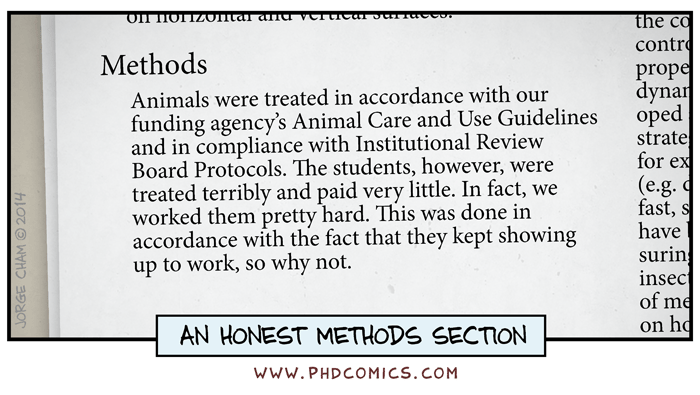I have written about patent and copyright law primarily from the perspective ofan economist interested in the institutions and incentives that maximize innovation. As a textbook author, however, I must deal with copyright law in practice. Dealing with copyright law on the ground hasn’t caused me to change my views but it has made me more frustrated. I have also come to appreciate some of the subtler more subtle costs of the system. Two cases in point.
A lot of textbooks hire a photo editor to pick generic stock photos, this simplifies things because the bundlers pre-authorize permissions and prices. But we hand picked every photo in our book to illustrate a point which means that our permissions and legal staff often have to find owners and clear permissions on an individual basis. We are grateful that our publisher is willing to do this to produce a quality product but it sometimes leads to absurdities. For example, the publisher doesn’t like to use public domain images. Why not? What could be better than free? The problem is that the bundlers insulate a publisher from lawsuits but when we use a public domain image the publisher is open to lawsuit if a mistake has been made and that makes them fearful.
The general lesson is that strong IP shrinks the public domain not just because it keeps things out of the public domain but also because it makes the public domain appear to be uncertain and dangerous. It’s as if clean, mountain spring water were freely available but people bought from the bottlers instead out of fear of contamination.
Copyright law is one of the forces behind the rise of the mega-bundlers. Mega-bundlers benefit from economies of scale in cataloging IP but there are also economies of scale in dealing with the legal system and insuring against/for lawsuit. It’s probably no accident that two of the largest bundlers, Corbis and Getty, are owned by Bill Gates and (Getty heir), Mark Getty respectively. (FYI, Piketty should have said more about this kind of 21st century rentier in Capital).
Here is another example. To illustrate the point that, contrary to what is often argued, a rich person might get more from another dollar than a poor person we have in Modern Principles a movie still of Scrooge McDuck swimming in money. We think the image speaks for itself but apparentlythatis a problem. The rights to thephoto are–we are told–not the same as the rights to the characters shown within the photo. Thus, even though we have bought and paid for the right to print the photo, to ensure that the use of the characters within the photo falls under fair use we must discuss, comment on and critique the content of the photo in the text.
The distinction between the photo IP and the what’s in the photoIP is one only a lawyer could appreciate, as is the solution. And I mean that without irony. I am not critiquing our publisher or their lawyers. Bear in mind that this is coming to us from the very highest legal counsel of a multi-billion dollar firm. Thus, I do not doubt that the dangers are real and the legal analysis acute. The problem is copyright law itself.
The episode illustrates more generally how the complexity of copyright law has greatly elevated the power of lawyers. It’s no accident that thepermissions director is one of the few people at our publisher whose signature is absolutely necessary before our book, or any book, can be published.
I am reminded of Mancur Olson’s 9th implication in The Rise and Decline of Nations:
The accumulation of distributional coalitions increases the complexity of regulation, the role of government, and the complexity of understandings, and changes the direction of social evolution.





